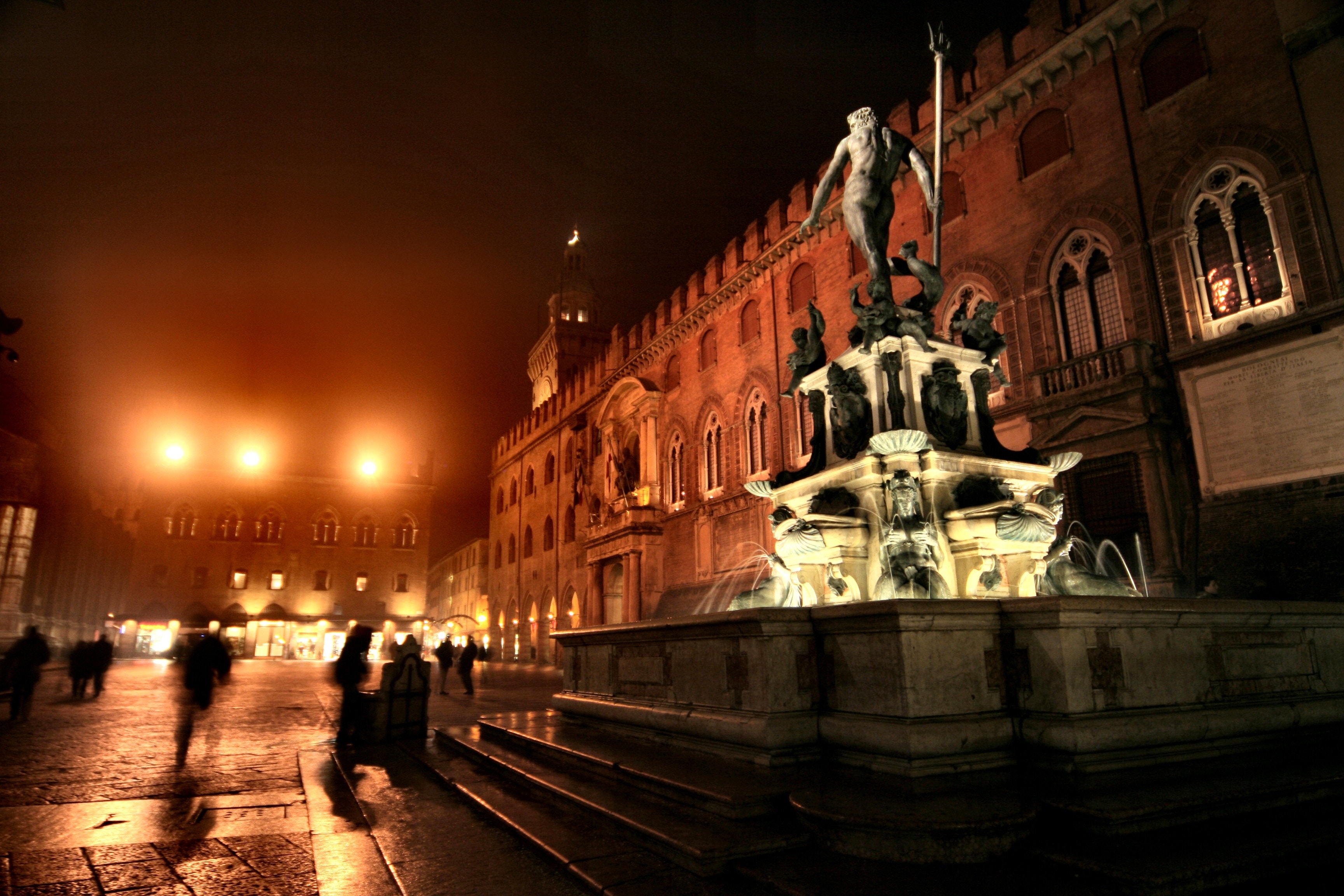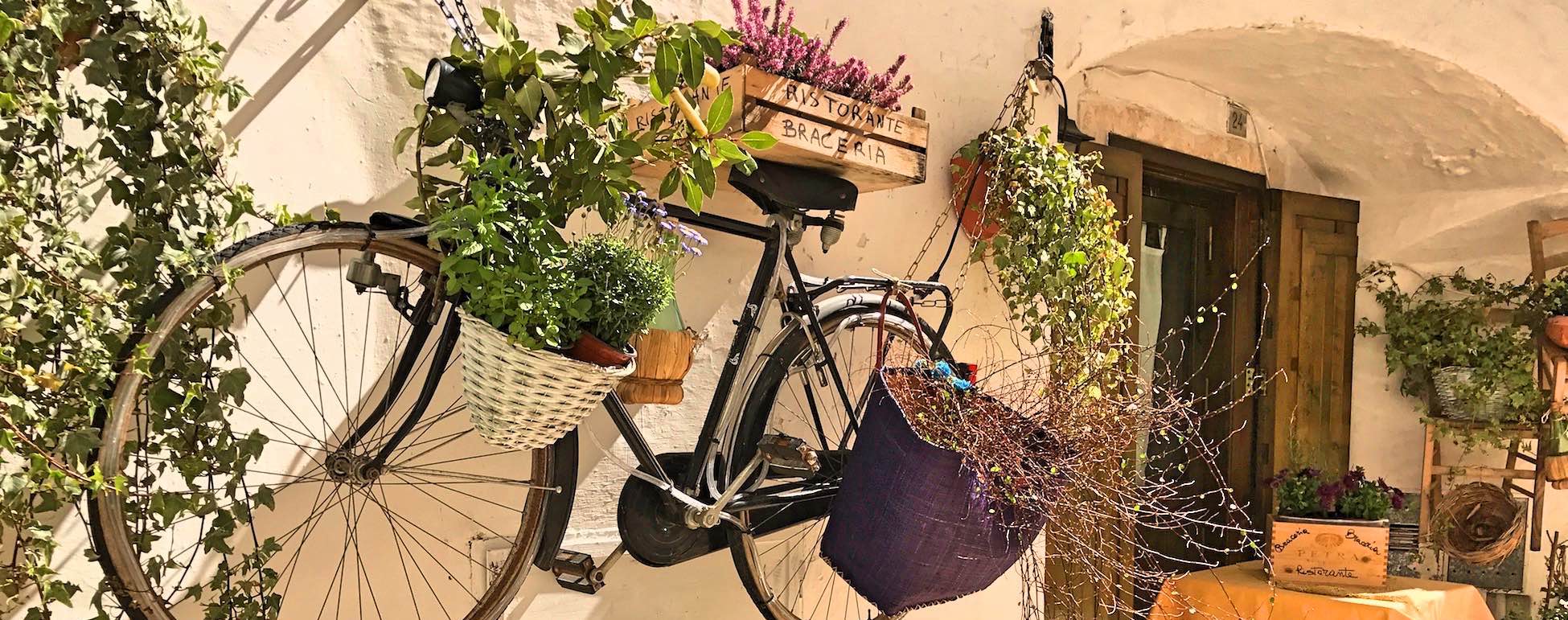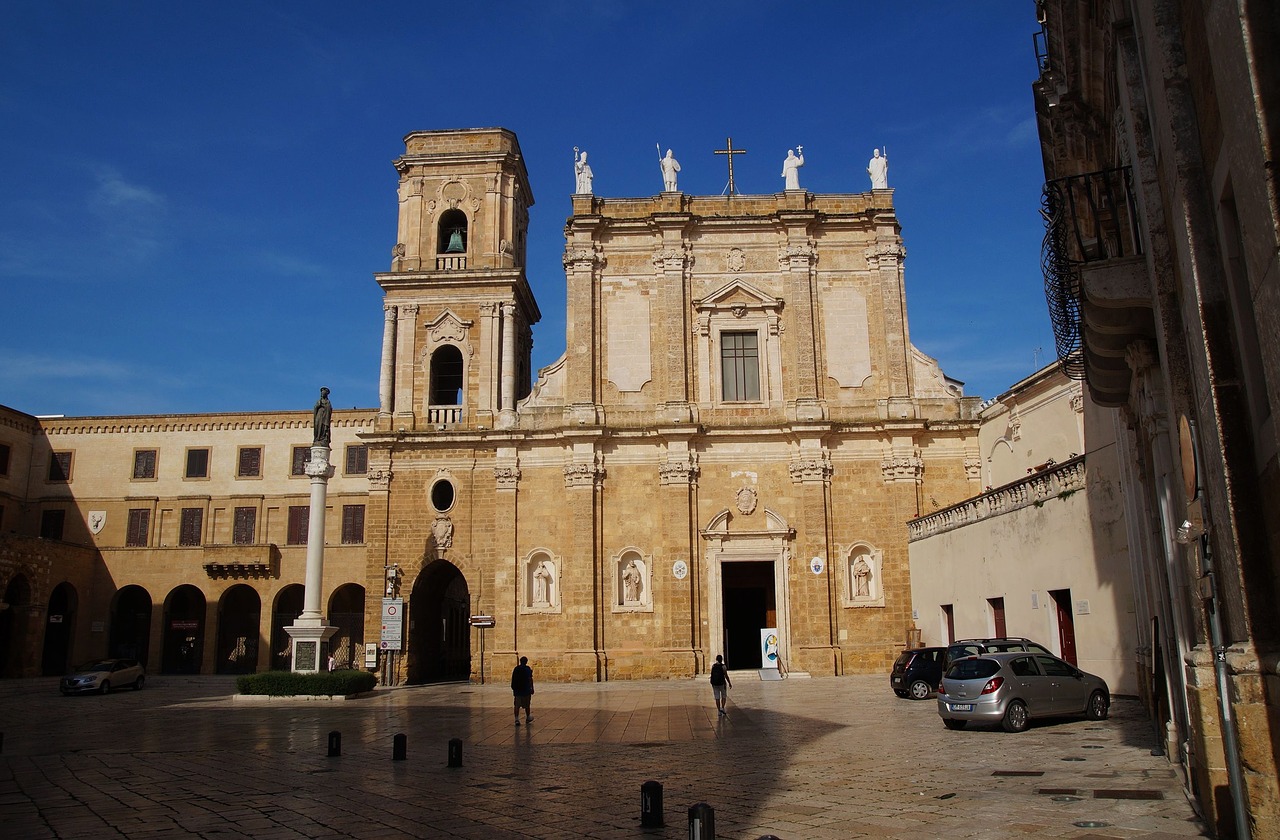European Capital of Culture, city of music, seat of the oldest university in the world: Bologna is one of the main hubs between northern and southern Italy, but also the nerve centre of students from all over Italy and the world, making the city an extraordinary multicultural cradle.
The history of Bologna is very old and dates back to the third millennium B.C. Since then, throughout the territory corresponding to the current Emilia-Romagna, there have been numerous populations, such as those of Etruscans, Gauls and Romans. At the fall of the Roman Empire, the territories were conquered by the Lombards and just under their rule, in 1088, was born the Alma Mater Studiorum, the oldest university in the western world. The university was born as a free lay association of students who organized group study sessions in order to collaborate and help each other.
You might decide to spend a weekend in Bologna or discover it in passing with one of our tours:
What to see in Bologna
We have prepared a list with the things not to be missed in Bologna to fully enjoy the beauties of this charming village nestled in the Tuscan-Emilian Apennines. Why not decide to dedicate a day to discovering the beauties of Bologna?
- Portici;
- Piazza Maggiore;
- Basilica di San Petronio;
- Torre degli Asinelli;
- Chiesa di San Domenico;
- Fontana del Nettuno.
And now let's start together to discover the most suggestive places in Bologna!

The Portici
Unesco World Heritage Site in 2001 the arcades are an architectural element that has become the symbol of the city like the two towers. It is impossible to imagine Bologna without its 62km of arcades, 38 of which are in the city alone. To understand its origins we have to go back to the Middle Ages, when the ancient town was experiencing one of its moments of expansion, above all thanks to the presence of the University. It was then decided to expand the upper floors of the buildings with wooden balconies supported by beams. An expedient that two centuries later, given the diffusion of this practice, became mandatory to have in masonry on every house.
Despite this, in the historic centre, it is possible to admire some rare examples of wooden porticoes that have survived to this day, such as the porticoes of Casa Isolani in Strada Maggiore.
Piazza Maggiore
Any visit to the "Dotta" (learned) city can only start with the wonderful Piazza Maggiore. Its main peculiarity is to be surrounded by numerous historical buildings of great architectural importance. Among these stand out the Palazzo del Podestà, with its Arengo tower built in the 13th century, the Basilica of St.Petronio dating back to the 14th century but never finished, and the Palazzo dei Banchi, completed in 1568, from which starts the famous porch "Pavaglione".
A particular construction that can be found in Piazza Maggiore is the "crescentone", a giant pedestrian platform of white and pink granite, located in the centre of the square and named in honour of the homonymous typical focaccia of the city of Bologna.
Basilica of San Petronio
The basilica, as already mentioned, is located on one of the sides of Piazza Maggiore. Its construction began in 1390 but was never finished. Despite this, it represents the largest brick Gothic church in the world and one of the largest churches in Europe, thanks to its 60 meters high and 132 meters long.
Inside the church you can admire 22 chapels that represent a real heritage. Among these stands out particularly the Chapel of St.Abbondio, famous for having hosted the coronation of Charlemagne as Emperor.
Torre degli Asinelli
This imposing tower in the centre of the city was built, along with 20 other towers, by the Asinelli family for defensive purposes, but also to gain prestige towards the citizens of Bologna. The tower can be visited and, after climbing 498 steps, you can enjoy a breathtaking view over the red roofs of the city. At its side you can also see the Garisenda Tower, lower and not to be visited.
Church of San Domenico
Another important church is that of St.Domenico. Built in the 13th century, today houses the remains of the saint, founder of the Dominican order.
Inside the church is rich in breathtaking works of art, including the Ark of St.Domenico, a marble sarcophagus made by Nicola Pisano and his students.
Fountain of Neptune
The famous symbol of Bologna is located in Piazza del Nettuno and dates back to 1566. The fountain consists of three main parts: the pool, a plinth decorated with figures of nereids and putti, and the statue of the God Neptune on the top, sculpted by Giambologna, which measures more than 3 meters.
What to do in Bologna - the Slow Active Tours proposal
Once you have discovered the hidden wonders in the streets of the historic center of Bologna, the time has come to get to the heart of the sounds and smells in the shadow of the Asinelli Tower. For this reason we have prepared a list of things to do in Bologna that you absolutely cannot miss!
-
The National Art Gallery of Bologna
Among the many activities that can be done in an active city like Bologna, the National Art Gallery definitely deserves attention. Here you can retrace the history of local art from the 13th to the beginning of the 19th century thanks to the wonderful paintings of world-famous artists such as Raphael, Perugino, Tintoretto, Vasari, Carracci and many others.
-
Visit the Jewish ghetto
Another of the unmissable attractions of Bologna is the Jewish ghetto. In this neighbourhood are characteristic narrow and dark streets that have been perfectly preserved over the years, creating an atmosphere a bit 'dark' but, at the same time, full of emotions.!
-
Shopping in Galleria Cavour
If you love shopping and luxury, you cannot miss it! Spend an afternoon shopping in this famous gallery to find all the most famous brands of Italian and world high fashion.
-
Eating and drinking in a taverna
You cannot leave Bologna without trying the typical taverns in the area. Here you will taste the many gastronomic products that make Bologna so famous, together with a good glass of wine.
-
Via degli Dei
If you are also fond of trekking you cannot miss the Via degli Dei, a 130 km long route that connects Bologna to Florence crossing the entire Tuscan-Emilian Apennines. An unmissable experience!
Festivals in Bologna
The city of Bologna is rich in life and culture, and this can also be seen thanks to the countless festivals that take place in the city throughout the year. These can be artistic, religious or culinary.
Among the most prominent music festivals we find the Bologna Jazz Festival, the oldest Italian jazz festival that takes place in November.
Mortadella BO is certainly one of the most important culinary festivals and is held to celebrate the typical Mortadella IGP of the area.
Among the religious events, however, is particularly suggestive the Descent of the Madonna di St.Luca, a procession that every May 12 brings the statue of the Madonna from the Sanctuary of St.Luca to the city centre.
The traditional cuisine of Bologna
Bologna has a rich and varied culinary tradition made of ingredients of excellent quality, which is why the city has received several times the name of "city of food". Bolognese gastronomic offer is closely linked to its university tradition: the different nationalities of the many students and professors have tastefully enriched it over the years. The main ingredients that are used are meat, especially pork, from which the tasty mortadella and numerous sausages, cheeses, including the sweet Pecorino and Parmigiano Reggiano, and egg pasta.
-> Did you know that the stories of tortellini and tagliatelle are related to two women? The former were inspired by the harmony of the navel of Venus, while the latter were created by a Bolognese chef to celebrate the long golden hair of Duchess Lucrezia Borgia.
Eating and Drinking in Bologna
Among the many restaurants in the center of Altamura, we recommend some that are worth trying:
Mò Mortadella Lab, in Via de' Monari 1/C. Sandwich shop in the heart of the city that offers traditional Bolognese ingredients of first choice and excellent quality. Recommended for a quick but tasty meal.
Clavatures, in Via Clavature 17/c. Kitchen always open for a typical Bolognese menu. Fresh homemade pasta, as well as courtesy and professionalism, to be enjoyed in a central location but secluded and quiet.
Restaurant Sotto l’Arco in Via Aretusi 5, 40132 Bologna Italy. Elegant and well-furnished restaurant that offers its customers an unrivalled culinary experience. Absolutely recommended fish dishes, thanks to the use of excellent raw materials. You will find the restaurant on the Michelin guide.
Carten in Via Giuseppe Garibaldi 5/H. Pizzeria and cocktail bar located in the historic centre of Bologna. It offers light and tasty pizzas and quality cocktails, all surrounded by a breath-taking location.





